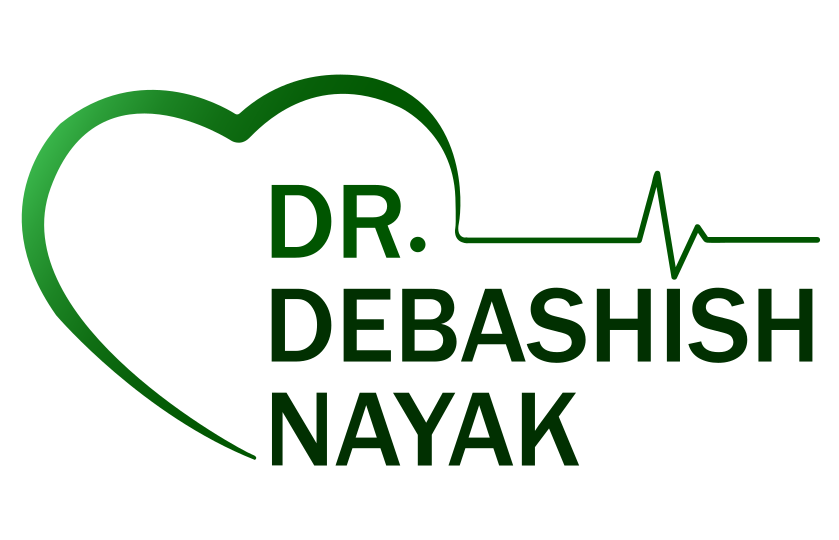
Heart attacks have long been associated with older individuals, but recent years have seen a concerning trend—an increasing number of young people experiencing heart attacks. This shift is alarming and necessitates a deeper understanding of the causes and identification of symptoms. In this blog, we will explore the reasons behind this concerning trend and discuss crucial symptoms that can help identify a heart attack in younger individuals.
The Changing Landscape:
The modern lifestyle, characterized by sedentary behavior, unhealthy dietary habits, and high stress levels, has contributed to the rise in heart attacks among young people. Poor diet choices, excessive consumption of processed foods high in trans fats, added sugars, and salt, along with a lack of physical activity, have led to an upsurge in obesity rates and metabolic disorders. These risk factors can accelerate the development of cardiovascular diseases, including heart attacks.
Identifying Symptoms:
Recognizing the signs of a heart attack is crucial for timely intervention and potentially life-saving actions. Although the symptoms may vary from person to person, there are several common indicators to be aware of:
Chest Discomfort:
One of the primary symptoms of a heart attack is chest pain or discomfort. It is often described as a feeling of pressure, tightness, or heaviness in the chest. The pain may radiate to the arms, jaw, neck, or back.
Shortness of Breath:
Experiencing sudden or unexplained shortness of breath, even during minimal physical exertion, can be a warning sign of a heart attack. It may be accompanied by a feeling of suffocation or struggling to catch one’s breath.
Fatigue and Weakness:
Unusual fatigue or a persistent feeling of weakness, especially in combination with other symptoms, should not be ignored. A sudden onset of extreme fatigue, unrelated to physical or mental exertion, can be indicative of a heart attack.
Dizziness and Light-headedness:
Feeling dizzy or lightheaded, often accompanied by a sense of impending doom, can be a sign that the heart is not functioning properly. It may be caused by inadequate blood supply to the brain due to a compromised cardiovascular system.
Sweating and Nausea:
Excessive sweating, often described as cold or clammy sweats, coupled with nausea or vomiting, can occur during a heart attack. These symptoms may not always be immediately associated with cardiac issues, but they should not be disregarded.
Irregular Heartbeat:
Palpitations or a racing heart, irregular heartbeats, or a sense that the heart is “skipping a beat” should be taken seriously. These abnormal rhythms may indicate a disturbance in the heart’s electrical system, which can precede a heart attack.
The rising incidence of heart attacks among young people serves as a wake-up call for individuals and society as a whole. Adopting a healthy lifestyle, characterized by regular exercise, a balanced diet, stress management techniques, and avoiding smoking and excessive alcohol consumption, can significantly reduce the risk of heart disease.
Furthermore, recognizing and understanding the symptoms of a heart attack is vital for prompt action. Young people must be aware that heart attacks can occur at any age and should not hesitate to seek medical attention if they experience symptoms that could potentially be associated with a heart attack.
Education and awareness campaigns, both at the community and individual levels, play a critical role in addressing this concerning trend. By prioritizing heart health, adopting preventive measures, and promoting early identification of symptoms, we can work together to reduce the impact of heart attacks on the younger population and ensure a healthier future for all.
Recent Posts
- Raising Awareness: Protecting Our Hearts and Lives from Rheumatic Heart Disease
- Empowering Surgeons: CME and Workshop on Vascular Injury Management
- Know more about rheumatic heart disease
- Mitral Valve Replacement: Restoring Cardiac Harmony and Quality of Life
- Aortic Aneurysm Repair & Dissection: Safeguarding the Lifeline of the Cardiovascular System


